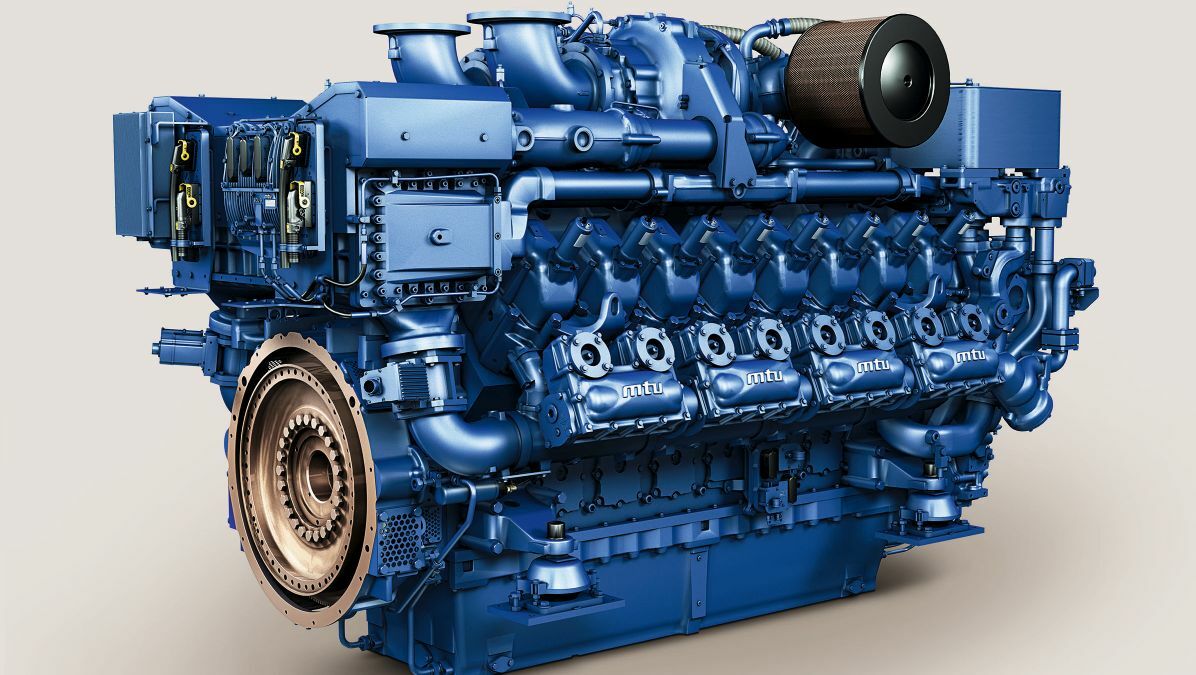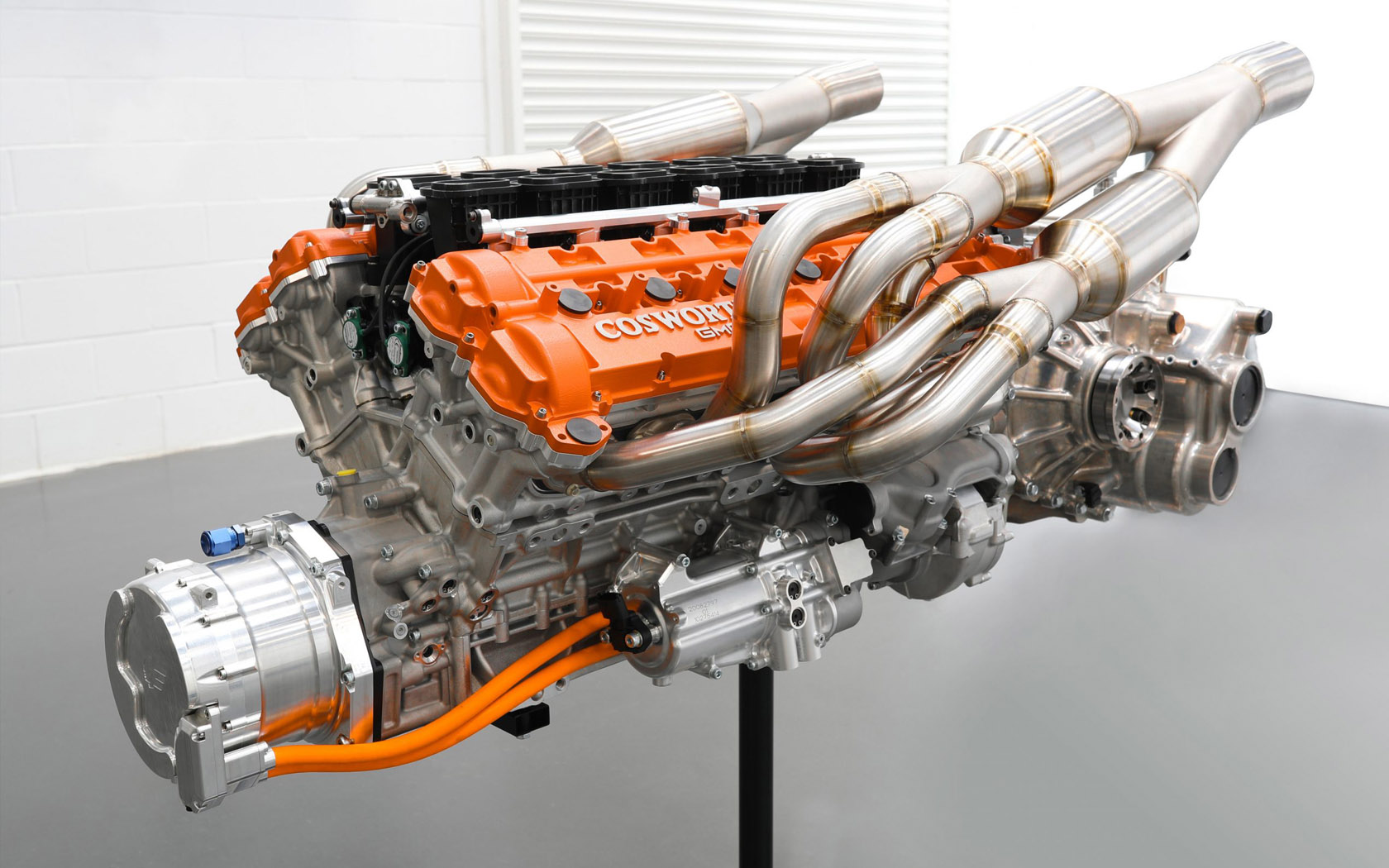Engines for Africa Available Currently! Visit Our Trusted Auto Parts Store
Engines for Africa Available Currently! Visit Our Trusted Auto Parts Store
Blog Article
The Mission for Ultimate Driving Power: Checking Out the Peak of Engine Performance and Technological Advancements in the Automotive Industry
In the realm of automobile design, the pursuit of maximum driving power has been a ruthless mission that has actually unfolded via the advancement of engine design and the combination of innovative innovations. From the precise craftsmanship of combustion engines to the fast developments in electrical propulsion systems, the automobile industry stands at the cusp of a new era characterized by extraordinary efficiency capacities.
Development of Engine Style

Additionally, the assimilation of turbocharging and supercharging technologies has revolutionized engine style by enhancing power without significantly boosting engine size. These forced induction systems press the intake air, enabling even more gas to be combusted, therefore producing higher power result from a smaller engine. This advancement has been specifically essential in enhancing the performance of smaller variation engines while preserving gas efficiency standards.

Performance-Enhancing Fuel Technologies
The execution of innovative gas modern technologies has actually dramatically added to enhancing engine performance in modern-day lorries. From traditional gasoline and diesel to cutting-edge biofuels, artificial fuels, and hydrogen, the automotive sector is witnessing a change in gas alternatives. Biofuels, acquired from eco-friendly resources like algae, sugarcane, or corn, deal enhanced and reduced exhausts engine performance. Artificial fuels, created through chemical procedures, supply high octane ratings, boosting power outcome. Hydrogen fuel cells, although still in the beginning of fostering, show terrific assurance due to their zero-emission nature and possibility for high performance. In addition, fuel additives and cleaning agents are being developed to clean engine elements, optimize burning, and decrease rubbing, thereby increasing total car efficiency. With continuous research and growth, the pursuit for the supreme driving power proceeds, as engineers aim to unlock the full potential of performance-enhancing gas innovations in the automotive market.
Improvements in Electric Propulsion
Significant strides in electric propulsion innovation have actually revolutionized the automotive market, leading the way for a brand-new age of lasting and reliable transport. Electric cars (EVs) are getting appeal due to their environmental benefits and advancements in battery technology, enabling longer driving ranges and shorter charging times. Makers are spending greatly in r & d to boost the efficiency of electrical propulsion systems, concentrating on boosting power outcome, enhancing energy effectiveness, and minimizing general weight.
One notable development in electric propulsion is the development of innovative electrical motors that provide higher torque and power thickness, causing boosted acceleration and overall driving performance. In addition, regenerative braking systems have actually been fine-tuned to save and record energy throughout slowdown, more boosting the performance of EVs.
Additionally, the integration of smart technologies, such as artificial intelligence and predictive analytics, is maximizing the administration of electric propulsion systems, making sure ideal efficiency under different driving conditions. These developments in electric propulsion are improving the automotive landscape, driving the sector in the direction of an extra sustainable and electrified future.
Effect of Computational Liquid Dynamics
With improvements in electrical propulsion this link pushing the borders of automobile technology, the combination of Computational Liquid Dynamics is playing my review here a pivotal duty in enhancing wind resistant efficiency and improving general performance in automobile style. Computational Fluid Characteristics (CFD) entails the usage of computer simulations to examine the circulation of air around a car, making it possible for engineers to anticipate just how style modifications will certainly impact aerodynamics without the demand for costly physical prototypes. By properly modeling airflow patterns, CFD enables for the improvement of vehicle shapes to decrease drag, boost cooling, and improve security.
One key benefit of using CFD in lorry design is the capability to repeat swiftly, exploring many layout variants to recognize one of the most aerodynamically efficient solutions. This iterative process leads to automobiles that are not just sleeker and much more aesthetically enticing yet also much more ecologically pleasant and fuel-efficient. CFD makes it possible for engineers to enhance air flow around elements such as radiators, engine bays, and wheel wells, contributing to improved efficiency and total driving experience. In conclusion, the integration of Computational Liquid Characteristics stands for a substantial progression in the mission for utmost driving power and effectiveness in the automobile market.
Future Trends in Engine Development
In the vibrant landscape of vehicle engineering, cutting-edge developments are shaping the future trajectory of engine technology. The future of engine layout is marked by a solid focus on effectiveness, efficiency, and sustainability. Manufacturers are significantly concentrating on developing engines that not just provide high power outcomes yet also focus on environmental duty by reducing discharges and improving fuel performance.
One famous fad in engine advancement is the surge of electrification. Hybrid and electrical powertrains are obtaining traction as viable choices to conventional burning engines. These modern technologies provide the capacity for considerable reductions in carbon discharges and enhanced power efficiency, aligning with worldwide efforts to combat environment change.
In addition, improvements in materials science and manufacturing methods are allowing the production of lighter and much more long lasting engine parts. This change towards light-weight products such as carbon fiber and aluminum alloys contributes to boosted efficiency and gas economic situation.
Conclusion
Finally, the search of supreme driving power in the vehicle market proceeds to drive innovations in engine style, fuel technologies, electric propulsion, and computational fluid characteristics. The advancement of these technologies is shaping the future of engine advancement, leading the way for extra effective and effective cars (engines for africa). As the market continues to press the limits of what is possible, we can anticipate to see a lot more cutting-edge advancements in the mission for i loved this peak efficiency
One of the essential turning points in engine design evolution is the shift from conventional carbureted engines to modern fuel-injected systems. By specifically metering the gas delivery to each cylinder, fuel-injected engines optimize burning, resulting in better efficiency and minimized environmental influence.
In addition, the combination of turbocharging and turbo charging innovations has revolutionized engine style by increasing power without significantly boosting engine size (engines for africa).The application of advanced gas modern technologies has dramatically contributed to boosting engine performance in modern automobiles. In addition, fuel additives and cleaning agents are being created to clean engine parts, enhance burning, and decrease rubbing, thereby increasing overall lorry performance
Report this page